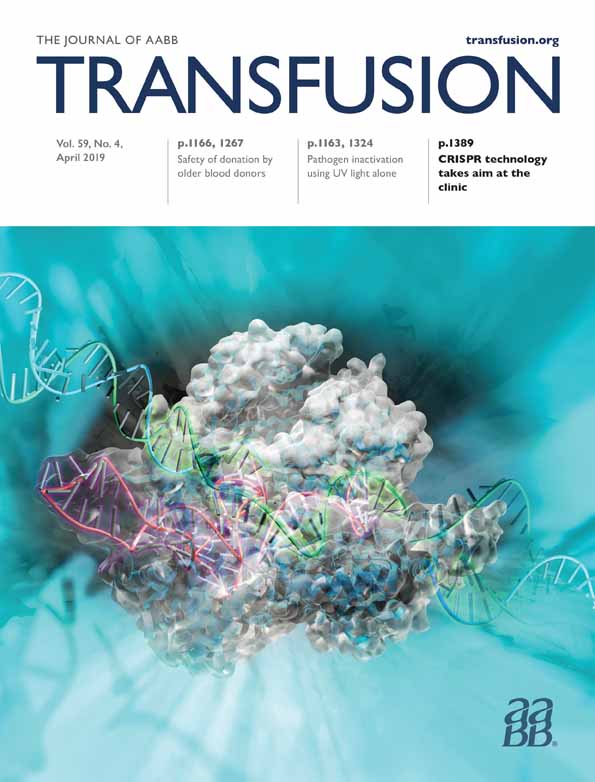Stored red blood cells enhance in vivo migration of dendritic cells by promoting reactive oxygen species–induced cytoskeletal rearrangement
Abstract
BACKGROUND
A complex array of physicochemical changes occurs in red blood cells (RBCs) during storage, leading to enhanced posttransfusion clearance. Dendritic cells (DCs) play crucial roles in the engulfment of aged RBCs; however, it is unclear how stored RBCs (sRBCs) modulate their responses to inflammatory stimuli and DC migration ability.
STUDY DESIGN AND METHODS
In this study, we examined whether sRBCs affect the migration ability of DCs and elucidated the detailed mechanisms mediating this process. Murine RBCs were incubated with marrow DCs after removing the storage supernatant. The effects of sRBCs on cytokine secretion from DCs, surface marker expression, and homing ability were examined.
RESULTS
More sRBCs were internalized by DCs than fresh RBCs (fRBCs), and RBC accumulation significantly promoted the expression of allostimulatory molecules and the secretion of Th1-type cytokines in the presence of lipopolysaccharide (LPS). In particular, the lymphoid-tissue homing ability of transfused DCs treated with sRBCs (sRBC-DCs) was also significantly greater than that of fRBCs. Up regulation of CCR7 and improved organization of the cytoskeleton were observed in sRBC-DCs, and blocking Rho/Rho-associated protein kinase (ROCK), PI3K/Akt, and NF-κB pathways greatly hindered cytoskeletal rearrangement. Moreover, high levels of reactive oxygen species (ROS) were detected in sRBC-DCs, and treatment with N-acetylcysteine simultaneously decreased the lymph node–homing ability of DCs and phosphorylation of RhoA, ROCK1, and cortactin.
CONCLUSIONS
sRBCs initiated differential immune responses compared to fRBCs, and the presence of LPS augmented this phenomenon. Up regulation of CCR7 and ROS production promotes cytoskeletal reorganization and contributes to the increased homing of sRBCs-DCs.
CONFLICT OF INTEREST
The authors have disclosed no conflicts of interest.




